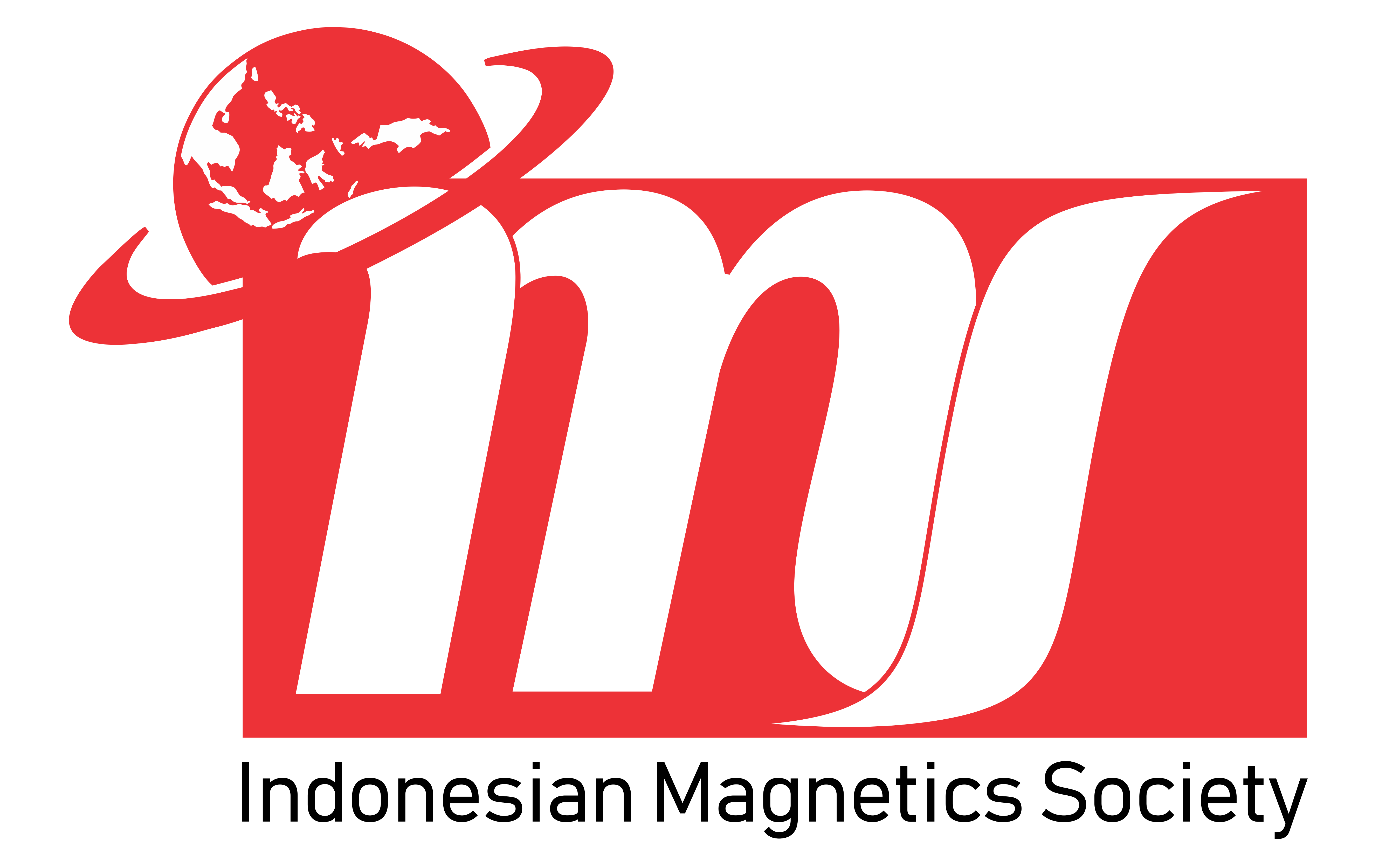Performance of natural chlorophyll Amaranthus and Carica Papaya dye on TiO2 coating in the making of dye sensitized solar cell (DSSC) through the spin coating method
Abstract
The natural dye extracted from Amaranthus dye and Carica Papaya dye which has been prepared in ethanol solution as a sensitizer on DSSC. The Spin coating method is used so that the deposition on TiO2 gets a homogeneous thin layer on the active area of the FTO substrate. The dye solution was tested for characterization using the Elkahfi I-V Meter and UV-Vis 1601 while the FTO structure substrate that had been prepared as a sandwich was tested using Keithley I-V type 2602A. The result of absorbance of dye is at a wavelength of 400 nm - 800 nm and there is also a shift in wavelength and peak absorption of the dye. The greatest efficiency was obtained from chlorophyll amaranthus which is 0.730% while chlorophyll Carica papaya obtained an efficiency of 0.432%. In the combination of Amaranthus dye and Carica papaya dye, the efficiency was 0.526%. High efficiency on TiO2 electrodes shows good performance on Dye-sensitized solar cells.
Keywords
Full Text:
PDFReferences
Ari A. Mohammed, et al, (2015). “Fabrication of Dye-Sensitized Solar Cell Based on Titanium Dioxide (TiO2)”, Advances in Materials Physics and Chemistry. Vol 5 361- 367
Ito, S., Murakami, et al, T. N., Comte, P., Liska, P., Gratzel, C., Nazeeruddin, M.K, and Gratzel. (2008). “Fabrication of Thin Film Dye-Sensitized Solar Cells with Solar to Electric Power Conversion Efficiency over 10 %. Thin solid films, 516, 4613- 4619
Zeng, W., Cao, Y., Bai, Y., Wang, Y., Shi, Y., Zhang, M., Wang, F., Pan, C. and Wang, P. (2010). “Efficient Dye-Sensitized Solar Cells with an Organic Photosensitizer Featuring Orderly Conjugated Ethylene Dioxythiophene and Dithienosilole Blocks”, Chemistry of Materials, Vol 22, 1915-1925. http://dx.doi.org/10.1021/cm9036988
Hardin, B.E., Yum, J.-H., Hoke, E.T., Jun, Y.C., Pechy, P., Torres, T., Brongersma, M.L., Nazeeruddin, M.K., Graetzel, M. and McGehee, M.D. (2010). “High Excitation Transfer Efficiency from Energy Relay Dyes in Dye-Sensitized Solar Cells”. Nano Letters, Vol 10, 3077- 3083.
Campbell, W.M., Jolley, K.W., Wagner, P., Wagner, K., Walsh, P.J., Gordon, K.C., Schmidt Mende, L., Nazeeruddin, M.K., Wang, Q., Grätzel, M. and Officer, D.L. (2007). ”Highly Efficient Porphyrin Sensitizers for Dye-Sensitized Solar Cells”. The Journal of Physical Chemistry Letters, Vol 111, No 32, Pages 11760-11762
Hadiat, dkk, (2000). “Kamus Ilmu Pengetahuan Alam Untuk Pelajar SLTP dan SLTA”, Balai Pustaka, Jakarta.
Aziza H, A, dkk. (2018). “ Kajian pH Klorofil Terhadap Ikatan Kimia Dye pada TiO2 sebagai Aplikasi Dye- Sensitized Solar Cell (DSSC)”, Jurnal Fisika dan Aplikasinya. Volume 14, No I Pages 16-19
Agustini, S, dkk. (2013). “Fabrikasi Dye- Sensitized Solar Cell (DSSC) Berdasarkan Fraksi Volume TiO2 Anatase- Rutile dengan Garnicia Mangostana dan Rhoeo Spathacea sebagai Dye Fotosensitizer”. Jurnal Teknik ITS. Vol 2 No 2 pp. B131-B136
I. Iwantono, dkk, (2016). “Optimalisasi Efisiensi Dye Sensitized Solar Cells Dengan Penambahan Doping Logam Aluminium Pada Material Aktif Nanorod Zno Menggunakan Metode Hidrotermal”, Jurnal Material dan Energi Indonesia. Vol. 06, No. 01 Pages 36-43
Wilfrida M, O, dkk, (2017). “ Karakteristik Dye-Sensitized Solar Cell Berdasarkan Perbandingan Volume TiO2 Nanopartikel dan Logam Cu Melalui Pembuatan Nanokomposit”, Proceeding Seminar Nasional IPA VIII-P-031, Pages 210-215
Stathatos, E. (2012). “Dye-Sensitized Solar Cells: A New Prospective to the Solar to Electrical Energy Conversion. Issues to be Solved for Efficient Energy Harvesting”. Journal Of Engineering Science And Technology Review 5 pp 9-13
Alfa, B, et al (2012). “Fabrication and Characterisation of Titanium Dioxide Based Dye-Sensitized Solar Cell using Flame of the Forest Dye”. Applied Physics Research, Vol 4, No 1 pp 48-56
Refbacks
- There are currently no refbacks.







